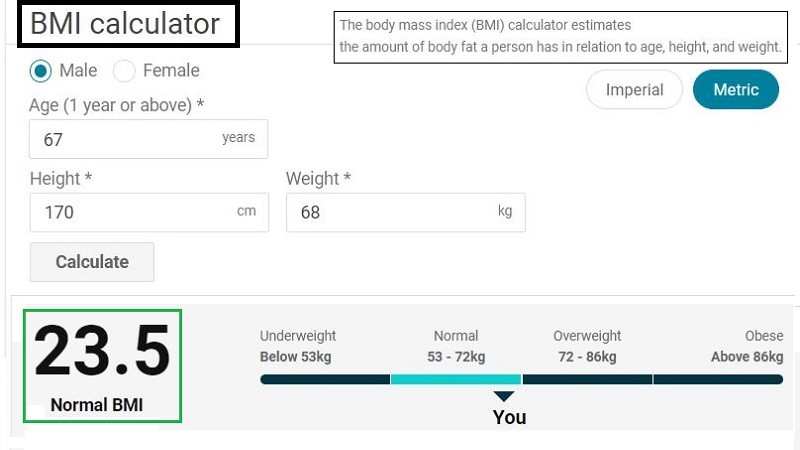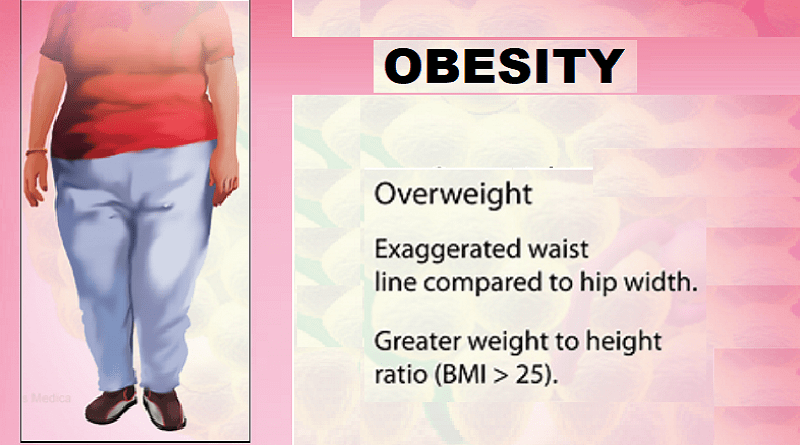OBESITY, what you have to know?
Obesity is a health condition characterized by an excessive body fat. Most of us think that obesity is a cosmetic issue! It is more than a cosmetic concern. It’s a health issue that may lead to serious diseases, that may be fatal. Such complications include heart diseases, diabetes, high blood pressure and some cancers.
Obese patients can reduce their body weight by different ways including eating healthier diet, increased physical activity and some behavior changes. That can help obese persons lose weight. Medical solutions are additional options for lose weight.
What is OBESITY?
- It is excessive fat accumulation.
- Treatable by a combination of different means; medical, lifestyle changes and exercise.
- Usually doesn’t require lab test or imaging to diagnose. But obese persons have to undergo laboratory test periodically, for complication of being obese.
- It is a chronic health condition. It can last several years or stay lifelong.
- Obese persons may have family history.
Body Mass Index (BMI)
Body mass index (BMI) is a tool that can help you know if you are overweight or within normal weight. How to calculate BMI? To calculate BMI, search internet for BMI Calculator. Enter your age, weight and height, your BMI will be displayed on the screen.

| BMI | Weight status |
|---|---|
| Below 18.5 | Underweight |
| 18.5-24.9 | Normal |
| 25.0-29.9 | Overweight |
| 30.0 and higher | Obesity |
Facts about obesity (source: WHO website)
- In 2016, more than 1.9 billion adults aged 18 years and older were overweight. Of these over 650 million adults were obese.
- In 2016, 39% of adults aged 18 years and over (39% of men and 40% of women) were overweight.
- Overall, about 13% of the world’s adult population (11% of men and 15% of women) were obese in 2016.
- The worldwide prevalence of obesity nearly tripled between 1975 and 2016.
In 2019, an estimated 38.2 million children under the age of 5 years were overweight or obese. Once considered a high-income country problem, overweight and obesity are now on the rise in low- and middle-income countries, particularly in urban settings. In Africa, the number of overweight children under 5 has increased by nearly 24% percent since 2000. Almost half of the children under 5 who were overweight or obese in 2019 lived in Asia.
Over 340 million children and adolescents aged 5-19 were overweight or obese in 2016.
The prevalence of overweight and obesity among children and adolescents aged 5-19 has risen dramatically from just 4% in 1975 to just over 18% in 2016. The rise has occurred similarly among both boys and girls: in 2016 18% of girls and 19% of boys were overweight.
While just under 1% of children and adolescents aged 5-19 were obese in 1975, more 124 million children and adolescents (6% of girls and 8% of boys) were obese in 2016.
Overweight and obesity are linked to more deaths worldwide than underweight. Globally there are more people who are obese than underweight – this occurs in every region except parts of sub-Saharan Africa and Asia.
Causes of OBESITY
Obesity is mainly due to bad eating habits, but there many factors can lead to obesity including:
- Food intake and eating disorders
- Physiological influences
- Genetics and Family Weight history
- Some medical conditions like Cushing disease
- The risk factors include:
– Sedentary lifestyle
– Drugs like steroid hormones and Drugs used to treat psychiatric conditions
– Pregnancy
– Unhealthy diet
– Lack of sleep
– Quitting smoking
Why OBESITY is considered a risk health condition
Obesity is considered a health condition that must be managed, because it is linked to a number of complications. If not managed properly it may lead to the any of the following diseases:
- Type 2 diabetes
- High blood pressure
- Heart disease
- Stroke
- Certain cancers (breast, colon, and endometrial)
- High cholesterol
- Infertility
- Gallbladder disease
- Fatty liver disease
- Sleep apnea and other breathing problems
- Chronic lower back pain
- Arthritis and Osteoarthritis, specially of the knees
SOURCES
- Obesity – Symptoms and causes – Mayo Clinic
- https://www.who.int/news-room/fact-sheets/detail/obesity-and-overweight
- Obesity Concern: Why Healthy Eating and Exercise Are More Important Than Ever Before
- World Obesity Day 2023
💬 Chat with Us:
You can easily reach Helal Medical via WhatsApp (+63 966 974 1609), Facebook Messenger, or by clicking the chat icon at the lower right corner of our website HelalMedical.com.




